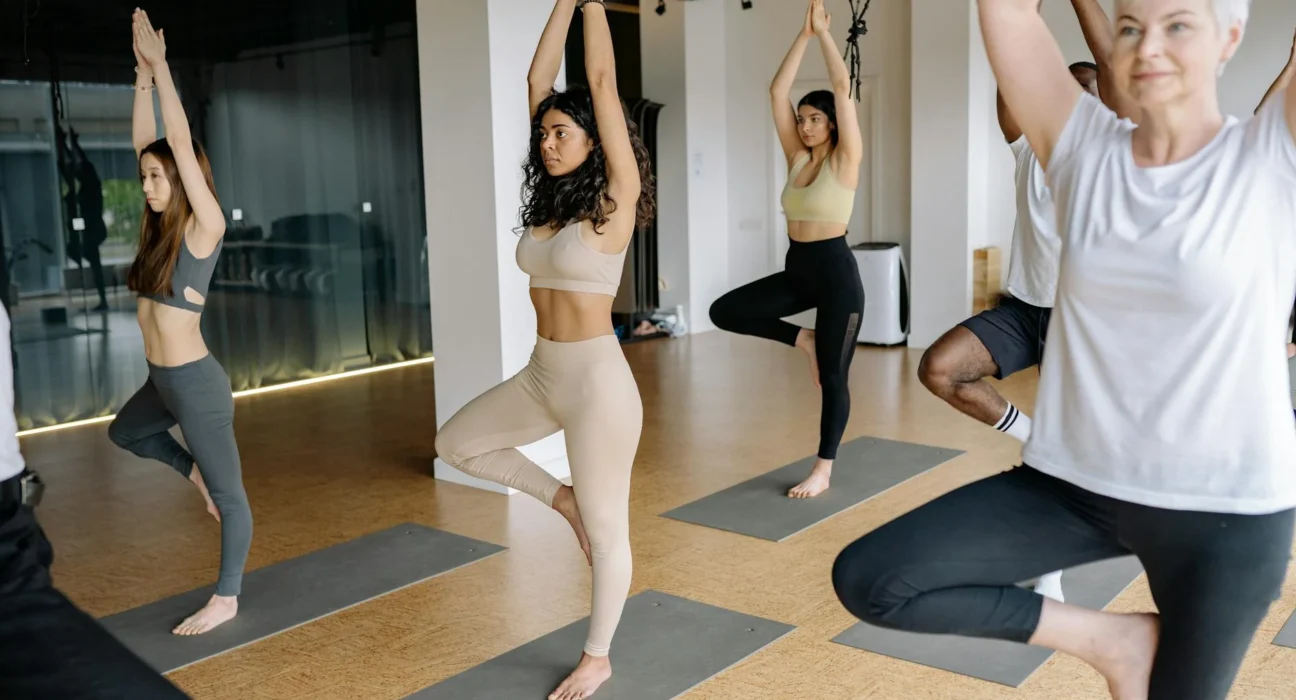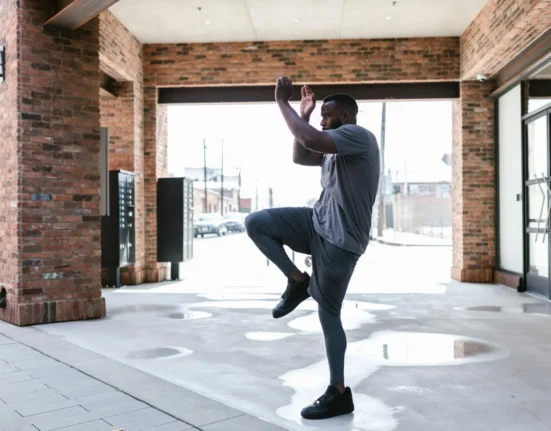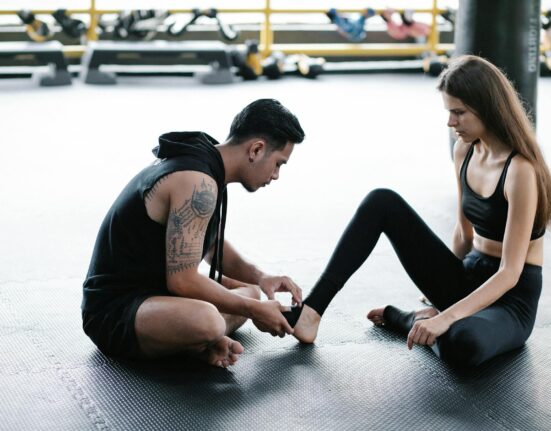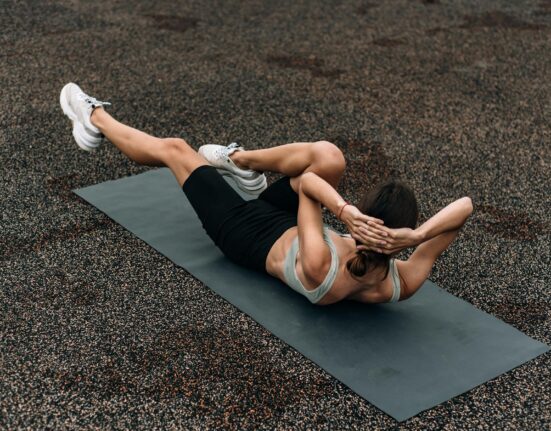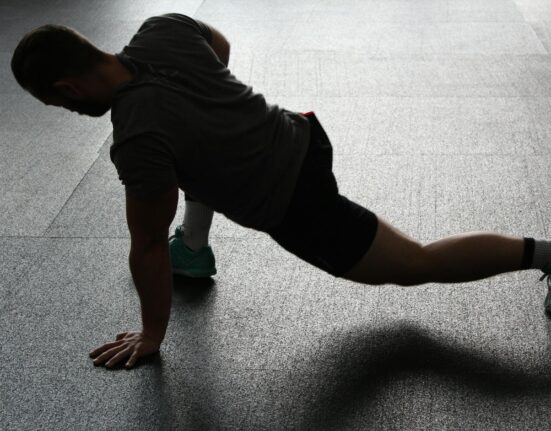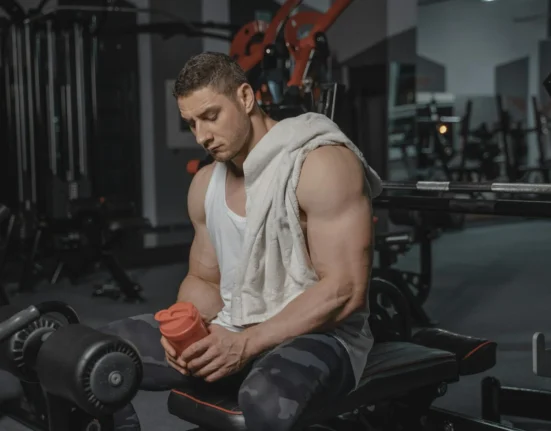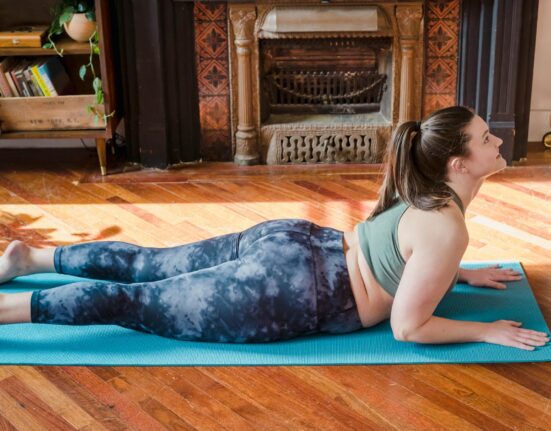Picture yourself stepping over a puddle, carrying a bag of groceries, or playing catch in the backyard. Each movement relies on balance and coordination, even if you don’t always notice it. These skills shape how easily you move through life, from the youngest kids on the playground to older adults hoping to stay independent.
Good balance and strong coordination let you react faster, avoid injuries, and enjoy favorite activities without worry. If you’ve ever felt unsteady or just want to build a more confident body, you’re in the right place. This guide covers five exercises that fit into any routine and boost stability for everyday life.
Why Balance and Coordination Matter
Think about daily tasks—walking in a crowded hallway, reaching for something up high, climbing stairs in the dark. Every step depends on how well your body controls its movements. Balance and coordination are not just for athletes; they influence how you move at home, at work, and everywhere in between. When you train these skills, you become safer, stronger, and more confident in your everyday routine.
Injury Prevention
Losing your balance, even for a second, can lead to a twisted ankle, a nasty fall, or a sprained wrist. Good balance acts as a bodyguard, helping you catch yourself before you stumble. Coordination teaches your arms and legs how to work together, so you move smoothly and react quickly. People who focus on these skills often have:
- Fewer trips and falls
- Quicker reflexes when they slip or trip
- Better joint protection during workouts or play
You build a safety net each time you challenge your balance, giving your body the tools it needs to avoid injury.
Confidence in Movement
Imagine standing taller, moving without hesitation, and feeling sure of every step. Balance and coordination bring that sense of control. When you know your body listens to your commands, you stop worrying about the “what ifs” and start enjoying movement again.
Boosting your balance can:
- Help you feel steady in busy crowds or on uneven ground
- Reduce anxiety while starting a new activity or sport
- Make workouts and chores feel easier
This sense of confidence opens doors to new adventures and helps you stay active with friends and family.
Independence for All Ages
Balance and coordination skills support independence, especially as we age. Simple things—tying shoes while standing, stepping into a shower, or carrying kids—require your body to steady itself. When you keep these skills sharp, you need less help from others and can take care of yourself for longer.
Some ways this plays out:
- Seniors stay independent and avoid long recoveries from falls
- Adults keep up with kids and pets without worry
- Teens and young adults build habits that support lifelong stability
Balance and coordination are your body’s way of saying, “I’ve got you.” Give your body that support, and you get freedom in return.
5 Best Exercises to Boost Balance and Coordination
Adding just a few targeted exercises to your day can transform how your body moves and feels. You don’t need fancy equipment or a gym membership to build steadiness and grace. The five exercises below fit into even the busiest routine and can be done at home, in the office or outside. Challenge yourself by making each move part of your daily habits and watch your balance and coordination soar.
1. Single-Leg Stance
Picture yourself standing calmly on one leg while brushing your teeth or waiting for your morning coffee to brew. The single-leg stance looks simple but works wonders. Here’s how to start:
- Stand tall with feet hip-width apart, shifting your weight onto one foot.
- Lift the other foot just an inch or two off the ground.
- Fix your gaze on a steady spot in front of you.
- Hold for 10 to 30 seconds, then switch sides.
At first, you might want to keep a hand near the counter or a wall. As your confidence builds, try closing your eyes or standing on a pillow for a bigger challenge. The more often you practice, the steadier you’ll feel moving through your daily life.
2. Heel-to-Toe Walk
Imagine you’re on a balance beam, each step slow and careful. The heel-to-toe walk activates the muscles in your feet and ankles, lighting up areas that rarely get attention.
- Find a straight line on your floor, a sidewalk, or use painter’s tape.
- Place your heel right in front of the toes of your other foot with each step.
- Let your arms hang at your sides for natural balance.
- Walk forward for about 10 steps, then turn and repeat.
You’ll notice your feet and ankles growing stronger with every pass. This simple move is a favorite of physical therapists because it retrains your body to react quickly and confidently.
3. Standing March with Arm Swings
Start by standing tall, then march in place, lifting your knees to hip height if possible. Now add your arms, swinging them as if you’re leading a joyful parade. Each march has a natural beat—let your arms and legs work in sync.
- Begin from an upright stance with relaxed shoulders.
- March in place, lifting one knee at a time to at least waist level.
- As your left knee rises, swing your right arm forward and vice versa.
- Continue for 30 to 60 seconds at a comfortable pace.
Coordinating your arm swings with your knees fires up your brain and body at the same time. If you find your arms and legs moving out of sync, that’s the point—keep going and enjoy the groove.
4. Side Leg Raises
For stability in all directions, try side leg raises—one of the top moves for hip strength and balance.
- Stand tall, holding onto a sturdy chair or countertop for support.
- Shift weight onto one leg and slowly lift the other leg out to the side.
- Keep your toes pointing forward and your body upright.
- Hold at the top for one or two counts, then lower slowly.
- Repeat 10 to 15 times, then switch legs.
To progress, try letting go of the support or pause longer at the top. Strong hips help you navigate uneven sidewalks and crowded rooms with calm control.
 Photo by Maksim Goncharenok
Photo by Maksim Goncharenok
5. Cross-Body Touches
Cross-body touches train your left and right sides to communicate and coordinate, which is key for overall movement efficiency.
- Stand tall with your feet shoulder-width apart.
- Reach your right hand across your body to touch your left knee as you lift it.
- Return to standing, then repeat on the other side with your left hand to your right knee.
- Alternate sides for 20 to 30 repetitions.
This cross-movement wakes up your core, hips, and shoulders while improving brain-body connections. It’s a smart way to sync up your whole system, making every step smoother and steadier.
Simple Tips for Making Balance Exercises a Habit
Building better balance is less about big, dramatic changes and more about simple, steady routines. The trick is slipping these exercises into moments you already have, the way you might sneak veggies into a kid’s pasta. Little bits add up, and before you know it, balance work can feel as automatic as brushing your teeth.

Photo by MART PRODUCTION
Stack Balance Exercises Onto Daily Tasks
If you try to find “extra” time, it gets lost. Instead, hitch your balance moves to things you already do. This approach turns standing, waiting, and even boredom into opportunities for growth.
Some easy ways to blend balance work into daily life:
- While brushing your teeth – Stand on one leg, then switch halfway through.
- During TV commercials – Hold a single-leg stance or do a quick set of side leg raises.
- Waiting for your coffee to brew – Try a few slow heel-to-toe walks across the kitchen.
- Standing at the counter – Mix in some cross-body touches or light marches.
Soon, these moments become signals to move, not just time spent standing. Your routine stays unchanged, but your body gets stronger and steadier.
Start Small and Make It Easy
Balance improves with practice, but you don’t need long blocks of exercise. Short bouts still count. Two minutes is plenty to start. Skip the idea of “perfect form” or perfect timing.
Stick with what feels manageable:
- Add one balance exercise to your morning or bedtime ritual.
- Set a phone reminder for a midday movement break.
- Use visual cues, like a sticker on your bathroom mirror, to remind you.
If you miss a day, don’t stress. Return the next day and keep it approachable.
Track Progress With Simple Wins
Keep it fun by tracking your success in ways that feel rewarding. Every small step counts—literally. Notice when you wobble less or hold a pose longer.
Ways to see progress:
- Mark days you practiced on a calendar or use a habit tracker app.
- Celebrate new milestones like a longer single-leg stand.
- Treat yourself for sticking with it (a favorite snack, a walk outside, or time with a new playlist).
Little wins give you more reason to stick with the routine.
Find Encouragement and Stay Motivated
Sticking with new habits can feel tough on busy days. Build a support system to cheer you on. Tell a friend or join a group challenge. You might even turn balance work into a family moment—kids often love to wobble and giggle along.
To keep motivation high:
- Share your goals with someone close.
- Invite family to join (who can stand the longest on one foot?).
- Post a “balance break” message at work or in your home.
Balance exercises don’t have to be a solo effort. When you share the journey or make it playful, consistency comes much easier.
Mix It Up to Beat Boredom
Doing the same move each time can start to feel stale. Add variety by swapping in different balance exercises or changing up your environment.
Some ideas for variety:
- Try balance work barefoot for an extra challenge.
- Listen to music or a podcast during your routine.
- Change locations—a backyard, porch, or office break room all work.
Staying curious keeps your body and mind engaged, helping you build a habit that sticks for life.
With the right approach, balance and coordination practice shifts from “something extra” to “just part of the day.” The more often you sneak these moves into life, the easier it gets—and before long, you might forget you ever had to think about balance at all.
When to Seek Guidance: Safety and Progression
Even the simplest balance exercises can feel like walking a tightrope when your body isn’t used to the challenge. It’s exciting to push limits and see improvement, but safety should always come first. Trust your instincts—if something doesn’t feel right, slow down. Progress is powerful, but it only counts when you move ahead without hurting yourself.
 Photo by Pavel Danilyuk
Photo by Pavel Danilyuk
Imagine learning to ride a bike as a kid—there’s a grownup nearby, arms ready. That backup plan lets you try new things with less risk. When doing balance work, the same idea applies. Sometimes, an extra set of eyes or a bit of expert advice makes a world of difference.
When to Check with a Healthcare Provider
Some bodies need more support than others. If you live with heart conditions, joint pain, dizziness, diabetes, or neurological issues, check in with your doctor or healthcare provider before starting a new balance routine. This is especially true if you:
- Have had falls in the past year
- Experience frequent lightheadedness or blackouts
- Use assistive devices, such as a cane or walker
- Take medications that affect balance
Your provider can help you shape a routine that fits your needs, keeps you safe, and avoids setbacks.
Signs to Slow Down or Stop
Listening to your body is as important as any workout move. Balancing can bring up small wobbles—that’s normal. But pay attention if you notice:
- Sudden pain or sharp aches in joints or muscles
- Dizziness, spinning, or feeling faint
- Shortness of breath not explained by normal activity
- Numbness, tingling, or sudden weakness
- Unsteady steps that don’t get better with practice
If any of these happen, pause the workout and take a break. If symptoms keep coming back, it’s time to reach out for advice.
How a Physical Therapist Can Help
A physical therapist is like a mapmaker for movement—they create step-by-step guides tailored just for you. If you’re recovering from an injury, dealing with a health condition, or noticing that simple balance work feels impossible, don’t push through alone.
A PT can:
- Assess your strengths and weak spots
- Teach you safe ways to challenge your balance
- Suggest adaptive moves for unique needs
- Track progress and adjust your routine as you improve
Sometimes even the small changes—a wider stance, a softer surface, a new point of focus—can make exercises safer and more effective. Personalized support can help you gain strength without extra worry.
Make Progress at Your Pace
Everyone’s balance journey looks different. Some days you’ll wobble more, other days you stand strong. Progress isn’t a race. Small steps forward matter, and asking for help is a sign of wisdom, not weakness.
Keep your safety net nearby—whether that’s a trusted friend, a family member, or a healthcare guide. With the right support, every step you take is one closer to steady, confident movement.
Conclusion
Big changes start with the smallest steps. By slipping these five exercises into your daily routine, you give your body steady building blocks for lasting balance and confidence. With every hold, march, and reach, you strengthen not just your muscles, but your trust in how you move through the world.
Notice the little wins—a steadier stance, quicker responses, and fewer slips. These brief moments add up to something much greater over time.
Keep showing up for yourself, even when progress feels quiet. Every effort shapes a stronger, more confident you. Thank you for being here, and if you discover new balance or have tips to share, add your story in the comments below.


